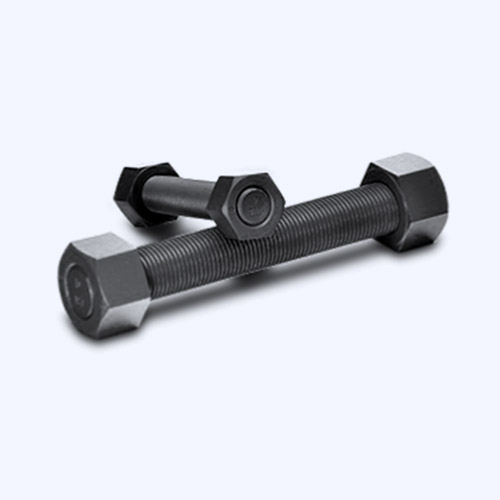7월 . 27, 2024 11:04 Back to list
Choosing the Right Drill Size for M20 Anchor Bolt Installation and Securing Structures Effectively
Understanding M20 Anchor Bolt Drill Size A Comprehensive Guide
When it comes to construction and engineering, anchor bolts are vital components that provide the necessary stability and support for various structures. One of the commonly used sizes of anchor bolts is the M20. This designation refers to a metric bolt with a nominal diameter of 20 millimeters. To ensure a secure fit and optimal load-bearing capacity, it is crucial to select the correct drill size for installing M20 anchor bolts. This article delves into the significance of choosing the right drill size for M20 anchor bolts, along with the necessary drilling techniques and equipment.
Importance of Correct Drill Size
The drill size is essential for the effective installation of anchor bolts because it determines how well the bolt will fit into the drilled hole. Using a drill size that is too large may result in inadequate grip, leading to potential slippage and failure of the anchorage. Conversely, a drill size that is too small can cause excessive stress on the bolt and the surrounding material, which could lead to cracking or breakage.
For M20 anchor bolts, the appropriate drill bit size typically recommended is 24 mm. This size accommodates the bolt’s diameter while allowing enough space for the necessary epoxy or adhesive that often accompanies anchor bolt installations. The drill bit must be specific to the material being drilled into, whether it involves concrete, masonry, or other substances.
Steps for Drilling an M20 Anchor Bolt Hole
1. Select the Right Equipment Begin with the right drill and drill bit. For concrete applications, a hammer drill or rotary hammer can enhance efficiency. Ensure the drill is compatible with the drill bit selected for the M20 anchor bolt.
m20 anchor bolt drill size

2. Mark the Location Precisely mark where the anchor bolt will be installed. Utilize a measuring tape and a marker to ensure accuracy. A misaligned hole can lead to structural issues down the line.
3. Drill the Hole Insert the correctly sized drill bit into the drill and align it perpendicular to the surface being drilled. Start drilling at a slow speed to create a clean entry point, gradually increasing the speed to penetrate deeper. Maintain consistent pressure and avoid forcing the drill, as this can cause the drill bit to dull or break.
4. Clean the Hole After drilling, remove debris from the hole using a vacuum or a brush. Cleaning the hole is crucial for ensuring a proper bond when using epoxy or adhesive with the anchor bolt.
5. Insert the Anchor Bolt Once the hole is prepared, insert the M20 anchor bolt along with any needed adhesive. Follow the manufacturer's instructions for the adhesive curing time to ensure a secure hold.
Conclusion
Understanding the drill size for M20 anchor bolts is essential for ensuring stability and safety in construction projects. By selecting the correct 24 mm drill bit and following proper installation techniques, builders can enhance the reliability of their structures. Attention to detail during the drilling process not only facilitates a successful installation but also helps avoid potential failures and costly repairs in the future. Whether for commercial or residential applications, taking the time to get the drill size right will contribute significantly to the integrity of the constructed environment.


